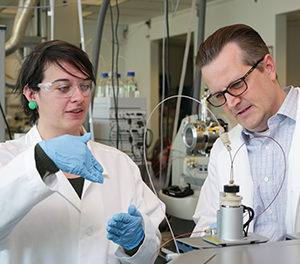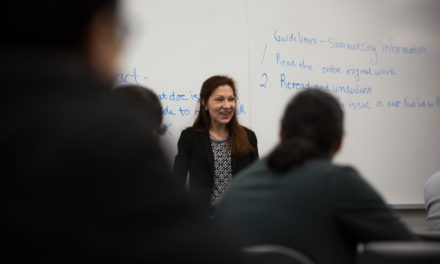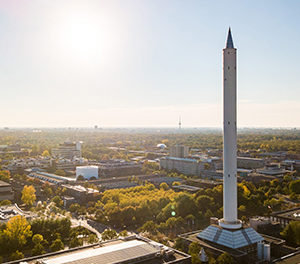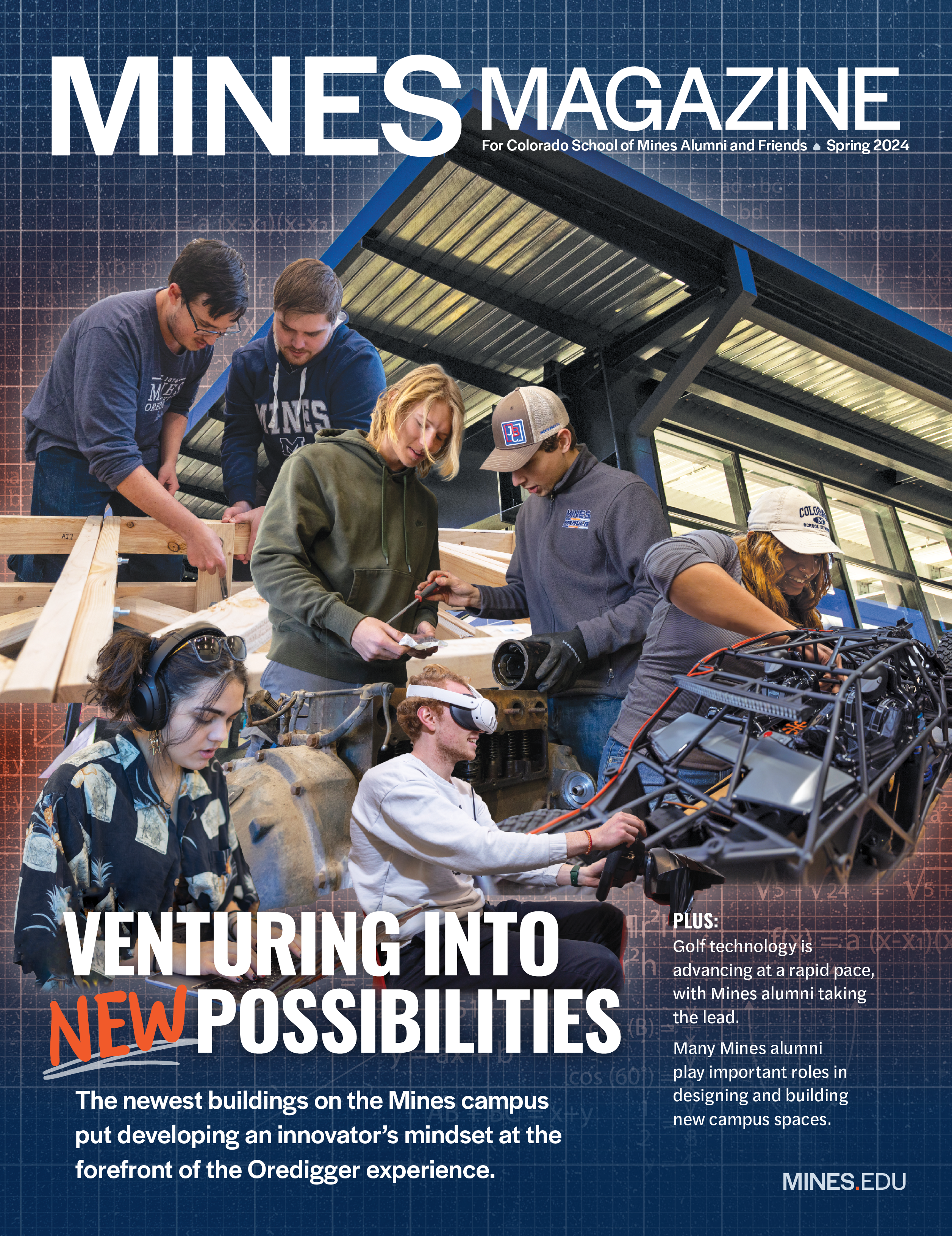Energy efficiency at any income level
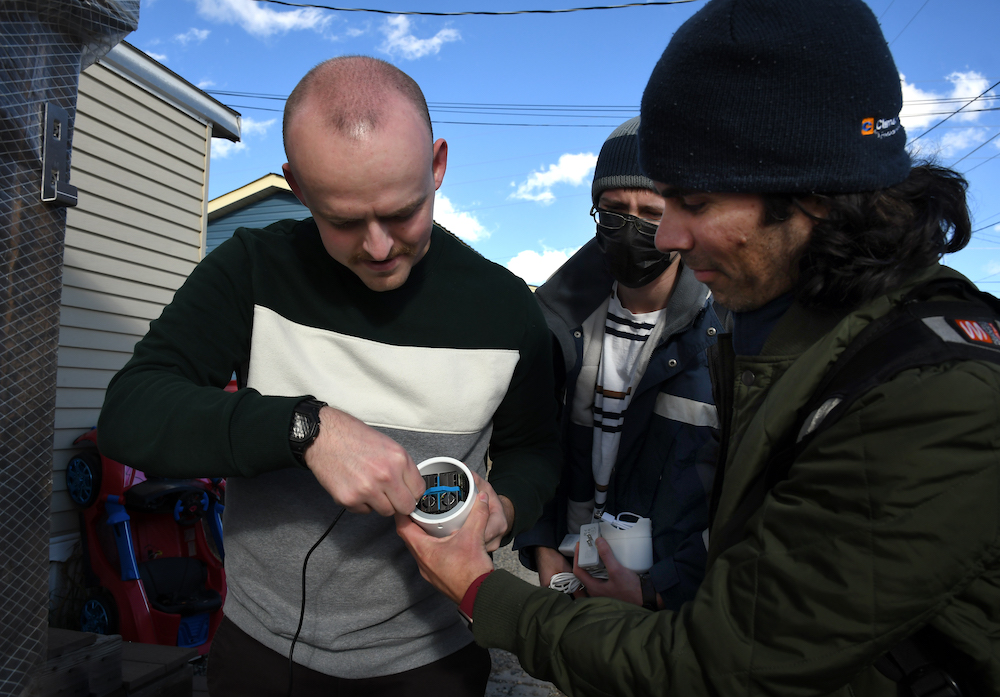
It’s getting more expensive to live in Colorado.
The U.S. Department of Energy estimates heating bills for those with natural gas will go up 28 percent and electricity costs will rise 10 percent compared to last year.
One way to combat the rise in utility prices is to have a home that’s optimized for efficiency. But for many in lower income brackets, the cost to make their houses more energy efficient is just not something they can work into already tight budgets.
Paulo Tabares-Velasco, associate professor of mechanical engineering at Mines, is focused on bringing energy efficiency within reach for everyone. Now, with funding from the DOE Buildings Energy Efficiency Frontiers & Innovation Technologies (BENEFIT) program, Tabares-Velasco is working on two projects specifically aimed at making energy efficiency, electrification and resiliency possibility for communities in Colorado:
- A home battery energy storage system for retrofitted housing in Colorado
- A new heat pump water heater with latent heat storage in low-income housing
“I want to make the case that energy-efficient systems and net-positive carbon emissions can really work for low-income housing,” Tabares-Velasco said. “Is there a way we can make the best technologies work for them? I think we can.”
Home battery energy storage
Through a grant from the Alfred P. Sloan Foundation, Tabares-Velasco and his team have partnered with the Colorado Energy Office to retrofit and partially electrify an entire neighborhood of manufactured houses in Lake County. The retrofit includes changing systems that rely on gas to electric, general energy upgrades and installing batteries, smart controls
and sensors.
With the funding from the DOE, Tabares-Velasco will be working in three neighborhoods, including the same neighborhood in Lake County, to assess how batteries can help reduce CO2 emissions from the electric grid and provide resiliency in the case of a power outage, and about 20 homes in the Denver area that will also get batteries. Tabares-Velasco said he and his team were particularly looking to provide the batteries to families needing a consistent electrical supply, like those with medical equipment that runs at all times. Mines faculty involved in this project are Professor Amy Landis (Civil and Environmental Engineering), Associate Professor Qiuhua Huang (Electrical Engineering), Professor Alexandra Newman (Mechanical Engineering), Professor Tyrone Vincent (Electrical Engineering) and Associate Professor Steven DeCaluwe (Mechanical Engineering).
The grant will also fund several upgrades to a multifamily housing community in the Denver metro area. The multifamily building will be retrofitted and switched to all-electric systems, but for this community, an electric vehicle rideshare will also be established. The battery inside the electric vehicles—shared among the building’s residents—will also be used to power the building.
Heat pump water heater
The second DOE grant will fund the development of a new heat pump water heater that could eventually replace gas water heaters. Heat pump water heaters can be incredibly efficient, but often take up a lot of space—something families in low-income housing don’t always have to spare.
Tabares-Velasco and his team will develop an efficient, reliable heat pump water heater that can fit in small spaces like a closet. The heaters will consist of a water tank with piping inside and a compressor on top, smaller than the standard heat pump water heaters.
One way the team will be creating these smaller heat pump water heaters is by utilizing 3D printing with phase change materials (PCMs). PCMs can store more energy (latent heat) when changing from solid to liquid phase than water at the same temperature range. Combined with the 3D printing manufacturing process they’ll be able to create complex geometries for the heat exchanger that can store a lot of energy (with the help of PCMs), increase how fast the heaters can transfer energy from the water to the heat exchanger, and vice versa.
Partnerships and impact
Both projects are receiving DOE funding for three years and will be made possible through partnerships with local companies and organizations.
Energy Outreach Colorado, a non-profit based in Denver, provides home energy assistance to low-income Coloradans and has been assisting Tabares-Velasco in finding the right sites for his projects. Emporia, an energy equipment company, and WattTime, a nonprofit that champions reducing emissions and clean energy, are assisting in the home battery energy storage project. The U.S. Department of Energy National Renewable Energy Laboratory and 3D-printer material company TCPoly will be assisting with the 3D-printing capabilities needed for the heat pump water heaters. AO Smith, a water heater manufacturer, will also help with that project. Xcel Energy will provide technical assistance to the battery project.
“These grants allow us to do the work that I like to do, which is to combine cool science and engineering with great societal impact: helping communities, improving the quality of life, reducing carbon emissions, energy use and bills, and support more energy efficient housing and communities,” Tabares-Velasco said. “If we can do both, then that’s great. If we want to decarbonize our entire nation, we need to start thinking at the community level and about solutions for everybody. Most of the time, the people who will benefit the most are those who cannot afford it, and I want to change that.”

